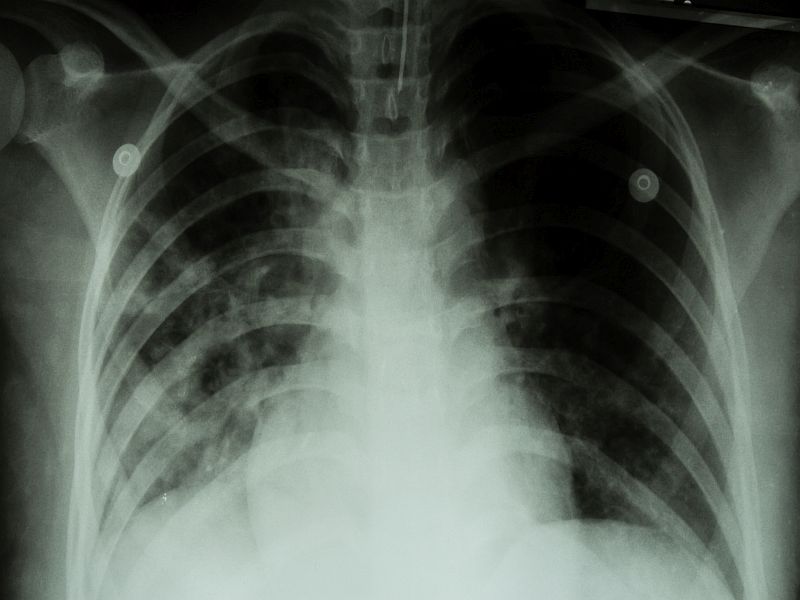TB Cases Drop Among the Young, But Racial Disparities Persist

THURSDAY, Aug. 22, 2019 (HealthDay News) -- There's good and bad news in a new report on tuberculosis rates among American children and teens: Overall, the number of cases have fallen by nearly half, but they still remain much higher among minorities than whites.
Tuberculosis (TB), a bacterial lung disease, is potentially fatal, but it is preventable and curable in children and teens.
"These wide-ranging and pervasive disparities [in TB rates] probably reflect structural inequalities ... and unequal access to prompt diagnosis and treatment," said study author Tori Cowger, from the Harvard T.H. Chan School of Public Health.
Still, the overall outlook is encouraging: "TB care prevention strategies in the USA are succeeding in reducing overall burden among children and adolescents," Cowger said.
In the study, she and her colleagues analyzed 2007-2017 data from the National TB Surveillance System. They found a 48% decline in the rate of children and teens diagnosed with TB annually, from 1.4 cases to 0.8 cases per 100,000.
However, rates among all other racial/ethnic groups were at least 14 times higher than among whites. During the study period, there were 0.1 new cases per 100,000 white children and teens per year, compared with 4, 2, and 2 cases per 100,000 for Asian, black and Hispanic youngsters, respectively.
Rates were even higher among indigenous children and teens. For example, rates in Native Hawaiian or Pacific Islanders were more than 100 times higher than among whites -- 14.4 cases per 100,000 young people per year.
The study also found that TB rates were much higher among children and teens in U.S. territories (American Samoa, Guam, Northern Mariana Islands, Puerto Rico and the Virgin Islands) and freely associated states (Federated States of Micronesia, Marshall Islands and Palau).
Another finding was that rates were higher among children and teens born outside the United States (7 new cases per 100,000 young people per year).
In addition, annual rates were 1 case per 100,000 among U.S.-born children with one parent born outside the country, 2 cases per 100,000 for U.S.-born children with both parents born outside the country, and 0.3 cases per 100,000 for U.S.-born children with both parents born in the United States.
The findings were published in the Aug. 21 issue of The Lancet Public Health journal.
"Two-thirds of children with TB diagnosed in U.S. states had at least one risk factor covered by current clinical practice guidelines. Nevertheless, a third of TB cases occurred outside of the groups currently identified for targeted testing, highlighting the need to consider additional characteristics, such parental place of birth … to improve TB care and prevention," Cowger said in a journal news release.
"These results have several important implications for the control and eventual elimination of tuberculosis in the USA and other countries on the path towards elimination," Dr. Michael Lauzardo, division chief of infectious diseases at the University of Florida, wrote in an accompanying editorial.
"The first is that this report is generally good news. Imagine the incidence of any other disease decreasing by almost half within a 10-year period," he said. "This trend should be encouraging to those working to eliminate tuberculosis and provide evidence that current strategies of control … are highly effective when applied consistently," he wrote.
"However, these data are overshadowed by the most important finding of this report: the stark disparity between various subpopulations," Lauzardo added.
More information
The American Lung Association has more on tuberculosis.

The news stories provided in Health News and our Health-E News Newsletter are a service of the nationally syndicated HealthDay® news and information company. Stories refer to national trends and breaking health news, and are not necessarily indicative of or always supported by our facility and providers. This information is provided for informational and educational purposes only, and is not intended to be a substitute for medical advice, diagnosis, or treatment.

